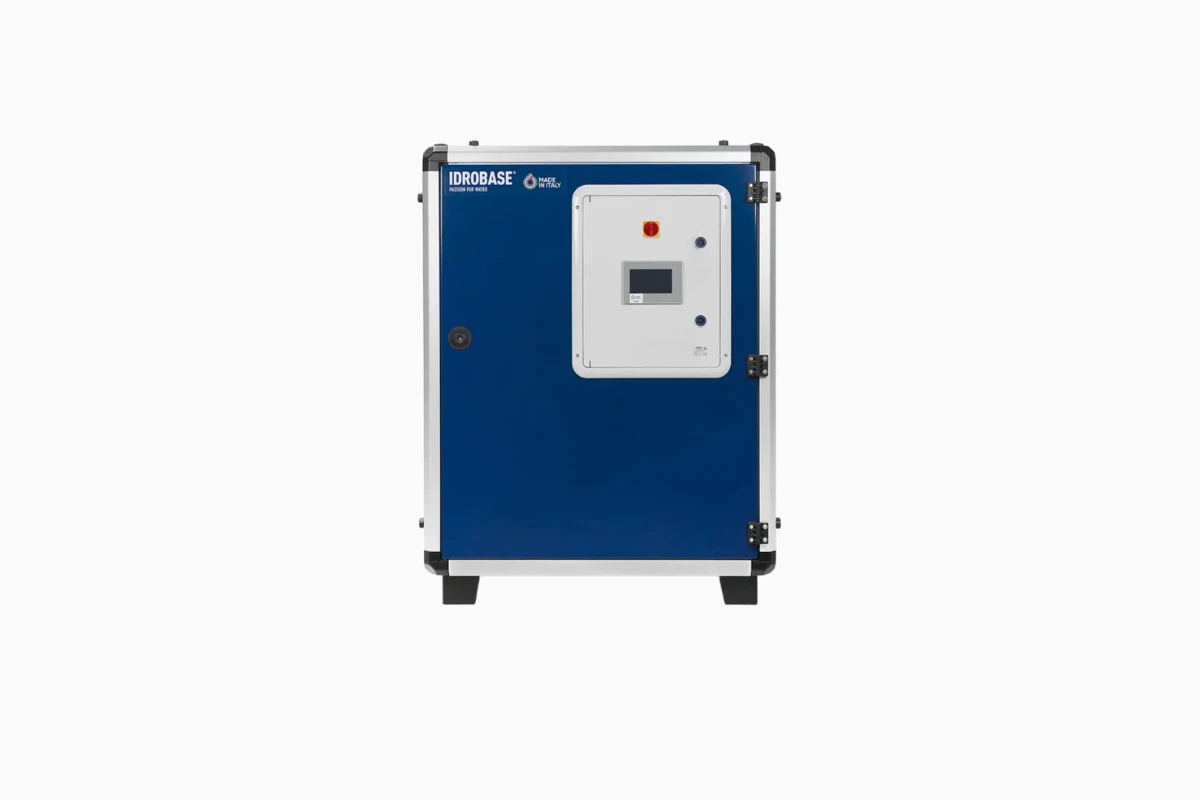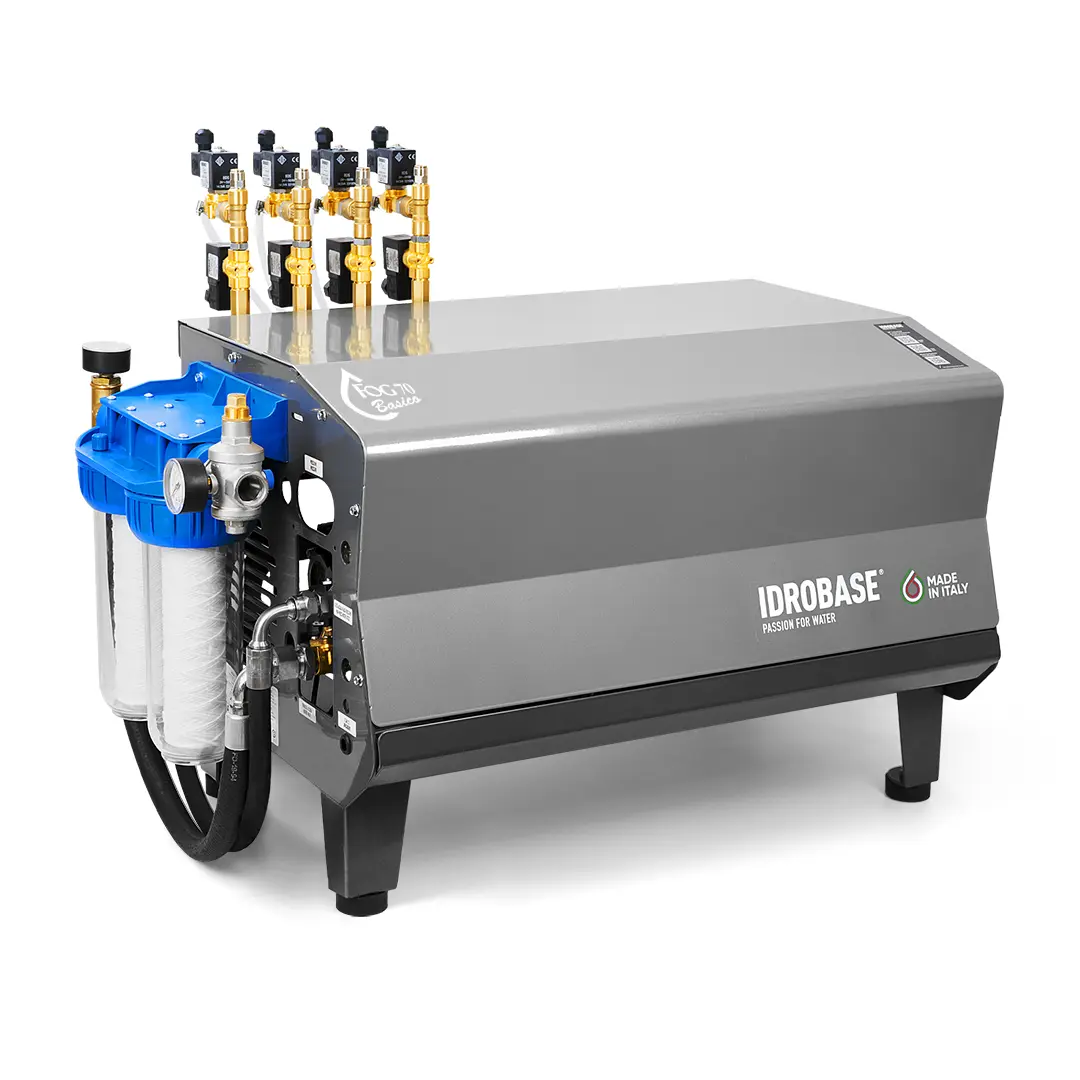The maintenance of misting systems: the complete guide is an essential tool to ensure the efficiency, durability, and safety of these systems, which are increasingly used in industrial, construction, and environmental contexts. A well-maintained misting system guarantees optimal dust and odor control, improves air quality, and reduces the risk of sudden failures that could compromise operations.
Regular inspections start with checking the pumps and misting nozzles, which are subject to wear and blockages caused by mineral residues or impurities in the water. Cleaning and periodically replacing these components preserve atomization capacity and maintain the system’s effectiveness over time. It is equally important to monitor the filters, which trap solid particles and prevent harmful buildup inside the piping.
Another critical aspect is evaluating pressure and flow rate. Incorrect parameters may indicate anomalies, leaks, or clogs which, if neglected, can significantly reduce performance. Finally, electrical checks and automation system inspections ensure that functions such as timers, sensors, or remote controls respond reliably to operating conditions.
Practical Procedures and Support Tools for Misting System Maintenance
Maintenance goes beyond basic inspections and includes scheduled interventions based on usage intensity and working environment. In areas with hard water or high dust concentrations, for example, a more frequent maintenance plan is recommended. This helps prevent scaling and blockages that could compromise the regular flow of misting.
The use of dedicated instruments, such as pressure gauges and monitoring devices, makes it possible to quickly diagnose any efficiency drops. A useful resource for optimal management is the section dedicated to Misting Modules for Dust and Odor Control, which includes integrated solutions designed to improve system performance and simplify monitoring operations.
Another aspect to consider is seasonal storage. During periods of inactivity, it is good practice to drain the hydraulic lines, protect pumps from potential deposits, and cover misting heads to reduce the risk of damage. This way, when reactivated, the system can resume functioning without the need for extraordinary interventions.
Benefits of Proper Maintenance
- Maximization of system operational lifespan
- Consistent and uniform misting over time
- Failure prevention and reduced downtime
- Higher efficiency in dust and odor control
- Optimization of water and energy consumption
- Enhanced safety thanks to electrical and hydraulic checks


